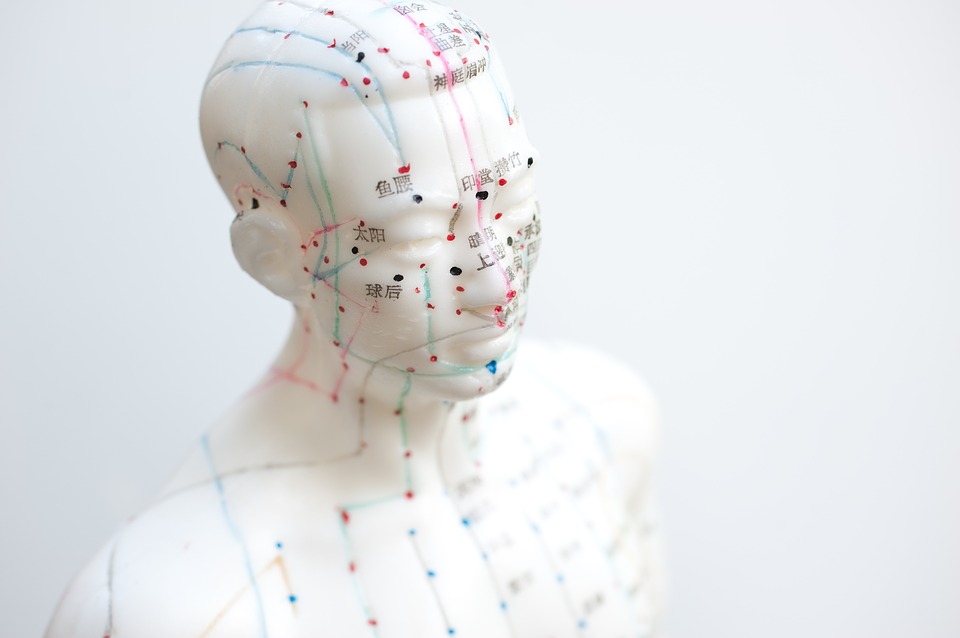
The Science of Acupuncture Meridians
Originally posted on https://qigonghub.com/scientific-research/science-of-acupuncture-meridians/
For thousands of years, medical professionals and healers alike have used acupuncture to help with the healing process of various physical ailments and health issues. It’s a form of alternative healing practices that continues to be used in modern science today for good reasons.
Traditional Chinese Medicine (TCM) focuses on a variety of functional entities to help create balance in the human body to maintain and generate health. One of type of these functional entities is known as an acupuncture meridian.
An acupuncture meridian is a non-physical channel that serves as pathway to enable the flow of essential substances or energy like qi. Qi flows down acupuncture meridian channels similar to how blood travels through your veins.
It’s important to understand the science behind acupuncture meridians to understand their value. Here are some important considerations to take into account:
What Are The Jingmai in Acupuncture?
The primary meridian channels have a collective system that acupuncture practitioners refer to as the Jingmai. While there are 72 jingmai, there are 20 that stand out, including the major meridians and extraordinary vessels.
The 12 major meridians connect Zang-fu organs like the heart, lungs and kidneys. These 12 major meridians also provide a channel to help the flow of blood and the vital life energy throughout your body. That’s why acupuncture practitioners regard it as the most significant meridian category.
On the other hand, the eight extraordinary vessels serve to link these major meridians. There are also 12 distinct meridians that are worth noting. These major meridians link the parental and defensive vital life energy or qi.
What Are The Loumai in Acupuncture?
Acupuncture also includes connecting vessels referred to as the Loumai.
These Jingmai branches are broken down into three primary categories, but one of the most important ones includes the 15 connecting collaterals. These collaterals link together exterior and interior acupuncture meridians.
The Loumai also includes muscular collaterals. These muscle collaterals help connect the vital life energy, qi, to your joints, muscles and tendons.
Acupuncture meridians also show impact on the superficial parts of your body thanks to superficial collaterals.
The Science of Acupuncture Meridians
Science supports the benefits of acupuncture meridians, which helps to bridge modern practice with ancient meditative techniques.
For example, one study found that acupuncture points are not limited to the nervous channels.
Yet, the study also found linked acupuncture meridians to having a presence in the cells in the human body.
Acupuncture Meridians and Qigong
The great part about acupuncture meridians is that they work with the practice of Qigong.
Qigong healers emit energy into acupuncture meridians that travels through acupuncture points to heal the body and balance a patient’s energy.
As a meditative practice, Qigong offers a whole slew of benefits from helping with pain management to improving physical and mental health conditions, such as depression and asthma.
For instance, research links the practice of Qigong in addition to medication with reducing the need for hospital stays and costs for therapy. Similarly, acupuncture shares health benefits that help to improve the healing process, too.
Final Thoughts
With the combination of Qigong and acupuncture meridians, there are several benefits you can take advantage of to enhance your health and support healing.
